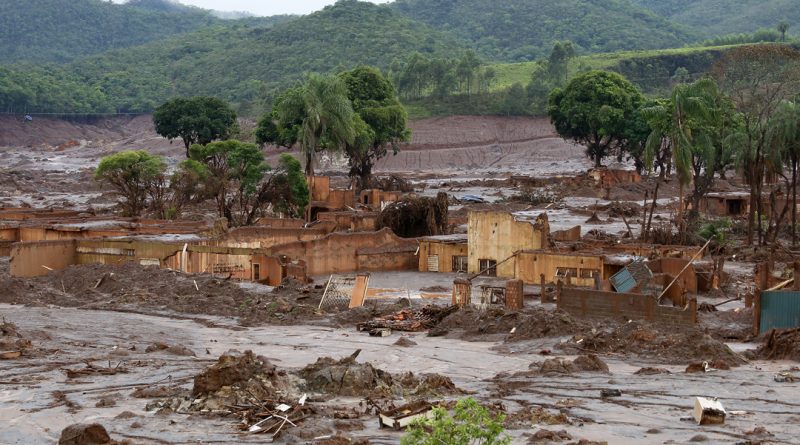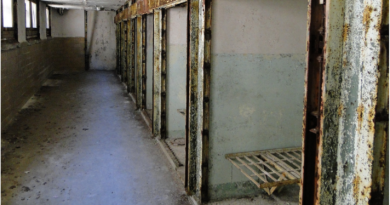Questions Arise Over Brazil Dam Collapse
Julia Nicolls
Staff Writer
On January 25, a dam in Brazil’s Minas Gerais region holding black iron ore waste collapsed and caused the death of over 120 people. At least 220 people are still missing, according to ABC News. This tragedy has raised critical questions challenging the Brazilian government and its industries, ultimately leading to censure around which is more important to Brazil: economic advancement or citizens’ lives and environmental sustainability.
Even calling the failed structure a “dam” is loosely attributed considering the mining waste was only held back by a mixture of sand and silt, with no major concrete structure in place. Eighty eight other dams in Brazil are built similarly, and are equally vulnerable to collapse. This structure is known as an upstream tailings dam, and as The New York Times notes, unless these structures are heavily monitored, they present serious safety concerns for the surrounding area.
This region of Brazil is not unaccustomed to this type of environmental and human tragedy. A similar event occurred nearly 80 miles from the currently affected area in 2015. Although only 19 people were killed on that dam collapse, no changes in regulation were made since then. Disturbingly, regulations have only gotten worse, increasing the likelihood of another collapse.
The mining company, Vale SA, was found responsible for the maintenance of the dam and had ties to the 2015 collapse as well. Flavio Schvartsman, the company’s CEO, acknowledged fault in this instance, according to ABC News.
However, state deputy Joao Vitor Xavier told The Associated Press, “Minas Gerais has a centuries-long history of being lenient with the mining sector… the industry creates a discourse where they dangle jobs and economic growth in front of people, but they put profit over safety.” In addition, experts told New York Times investigative journalists that the collapse itself was a “tragedy but not a surprise.”
This horrific accident raises crucial questions on the mining inspection and emergency system itself. BBC claims that the mine had been inspected twice in the month prior to the accident, and there was an emergency system involving cameras and a collection of sirens. Yet, this emergency system needed to be activated and controlled manually, not automatically. On the day the system was most needed, it failed.
Beyond the rising death count, the incident poses serious, long-lasting health and environmental concerns because of the toxic sludge that was released into the local community. The mining waste contaminated a nearby ecosystem and river, which could lead to the spread of dengue, yellow fever or diarrhea. This sludge is expected to affect 1.3 million people according to the Associated Press.
This incident also poses serious economic hardships, with iron ore prices spiking around $100, as reported by the Sydney Morning Herald. As a result of Vale halting operations, the company will decrease their iron ore supply by 30 million tons, which has serious ramifications for global supply and iron ore prices. It is predicted that iron pricing could jump 15 percent in wake of accident.
The environmental and health impacts in similar cases are insurmountable: high blood pressure, diabetes, cardiovascular conditions, stroke, and cancer are possible in the months or years after the accident. Importantly, Brazil’s public healthcare system will cover the brunt of these health related costs. In addition, state agencies will respond with helicopters, firefighters, and other rescue workers to combat the issue.
According to the Associated Press, Fiocruz researcher Diego Xavier stated that, “the public system is the one paying, dealing with the damage, while the private sector is getting the profit.”



